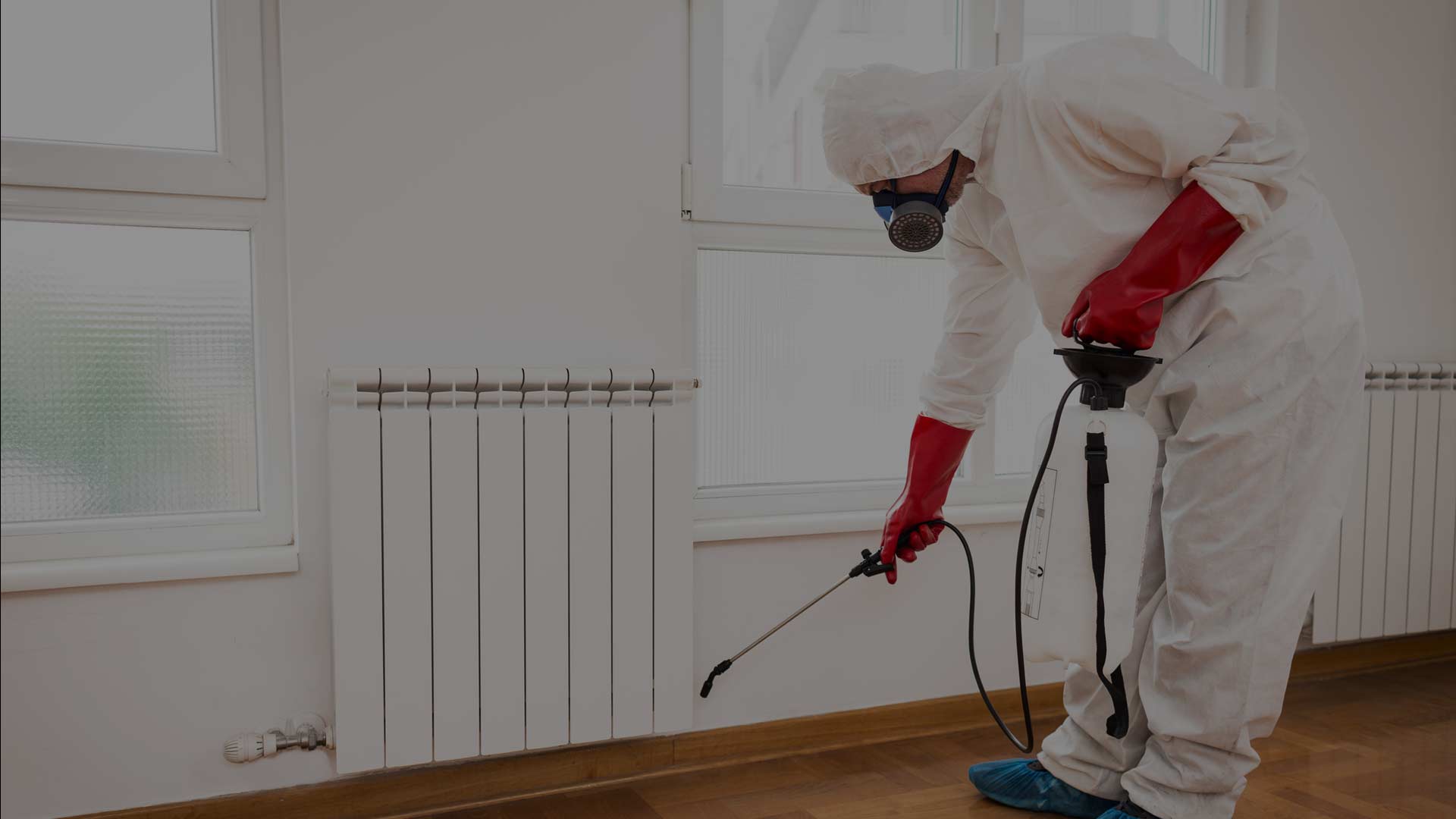Bed Bug Dog Discovery: Identify Infestations Early for Peace of Mind!
Bed Bug Dog Discovery: Identify Infestations Early for Peace of Mind!
Blog Article
Expert Insect Control Techniques for Long-Term Results
Expert parasite control methods encapsulate an extensive technique that starts with a comprehensive inspection and assessment, adhered to by exact bug identification to recognize their habits patterns. The application of Integrated Bug Administration (IPM) principles, combined with eco-conscious treatments, forms the cornerstone of lasting pest eradication.
Inspection and Assessment
Upon going into a residential or commercial property for bug control services, the preliminary action is a detailed inspection and evaluation to determine the level of the infestation and identify the most effective treatment plan. Specialist insect control professionals are trained to carefully check out the facilities, looking for indicators of insect activity such as droppings, gnaw marks, nests, or any architectural damage. They will certainly also analyze the problems that may be bring in bugs, such as food sources, water leakages, or entrance points.

Insect Recognition and Habits

In addition, recognizing the habits of the recognized pest is crucial to implementing efficient control procedures. Recognizing where pests nest, what they feed on, and their task patterns can assist pest control specialists develop approaches to eliminate them successfully.
Integrated Parasite Administration (IPM)
Integrated Pest Monitoring (IPM) methods combine numerous methods to regulate and protect against bug invasions in a lasting and ecologically pleasant manner. bed bug dog. By integrating approaches such as biological control, habitat adjustment, modification of social methods, and the use of resistant ranges, IPM intends to decrease making use of chemical pesticides
One of the essential principles of IPM is the focus on avoidance. This aggressive approach includes tracking parasite populations consistently to find any potential concerns prior to they intensify. By identifying bug troubles at an early stage, pest control procedures can be implemented swiftly Go Here and effectively.
In addition, IPM advertises using non-toxic pest control approaches whenever possible. This can include using natural killers of the insects, presenting valuable bugs, or making use of pheromones to interrupt breeding patterns. By reducing reliance on chemical pesticides, IPM not only shields the environment yet also assists maintain a balance in the environment.
Environmentally-Friendly Therapies
Carrying out eco-conscious approaches in parasite control treatments can successfully deal with infestations while see it here focusing on ecological sustainability. Environmentally-friendly treatments focus on minimizing the impact of parasite control approaches on ecosystems, non-target microorganisms, and human wellness. These techniques frequently involve making use of natural predators, such as ladybugs or nematodes, to manage pest populations, reducing the need for chemical interventions. Furthermore, methods like habitat adjustment, such as changing dampness degrees or eliminating food resources, can assist prevent parasites without using harmful substances.
One more key element of environmentally-friendly therapies is making use of natural and naturally degradable items that damage down rapidly without leaving damaging deposits in the environment. Agricultural pesticides originated from plants like chrysanthemums or neem use effective pest control while positioning very little threat to non-target types. In addition, using methods like warm therapies or scent catches can target specific insects with accuracy, lowering the overall environmental effect of parasite control practices.
Recurring Monitoring and Upkeep
Constant monitoring and maintenance are essential parts of efficient parasite control administration. Recurring tracking plays an essential function in ensuring that bug infestations are discovered very early and handled promptly. Regular assessments by qualified specialists are necessary to identify any indicators of pest task, evaluate the performance of previous therapies, and make modifications to the insect control plan as required. By keeping track of insect populaces with time, parasite control specialists can track fads, prepare for possible problems, and apply preventative measures to reduce the danger of future invasions.
Along with see this here monitoring, upkeep practices are essential for long-lasting pest control success. This consists of applying proper hygiene measures to get rid of possible food and water sources for bugs, securing off entry points to stop insects from getting in the facilities, and addressing any structural problems that might facilitate insect invasions (bed bug exterminator). By including ongoing tracking and maintenance into an incorporated insect management technique, organizations can guarantee a pest-free atmosphere and secure their building against expensive damages and wellness dangers
Conclusion
In final thought, using expert bug control techniques such as complete inspection and evaluation, precise parasite identification and understanding of their behavior, integrated pest management methods, environmentally-friendly treatments, and recurring surveillance and maintenance are essential for attaining long-lasting results in parasite control. By carrying out these methods, people can successfully handle pest problems and preserve a pest-free atmosphere in a sustainable way.
Report this page